You want to go camping but aren’t sure where to go? Here are some steps to help you choose the perfect destination for your style of camping and budget.
New to camping? Then you want my Camping Cheat Sheets!
From guyline knots to hanging a bear bag, they contain loads of essential info.
Best of all, they are PRINTABLE so you can take them with you.
1. Consider Climate
Depending on when you go camping, the climate of some destinations may be better than others. For example, desert locations like Death Valley are too hot for most campers in summer but a perfect getaway in colder months.
In summer, mountain camping is a way to escape urban heat. But you’ll need to be prepared for snow and cold temperatures if you go mountain camping in early spring or late fall.
2. Bucket List Destination?
Do you have a bucket list destination, like the Grand Canyon, Glacier, Yosemite, or Yellowstone? If you have had a destination on your list, now might be the time to go visit.
3. Will It Be Crowded?
A lot of popular camping destinations get VERY crowded in summer. Crowds not only can ruin your interaction with nature, but mean that campgrounds and amenities cost more. Some hiking trails have limited access during peak months and you’d have to plan your trip well in advance.
If you want to avoid the crowds, then you might need to choose a new destination or plan the trip for the off season.
Most-visited National Parks in 2022:
- Great Smoky Mountains National Park: 12.94 million
- Grand Canyon National Park: 4.73 million
- Zion National Park: 4.69 million
- Rocky Mountain National Park: 4.30 million
- Acadia National Park: 3.97 million
- Yosemite National Park: 3.67 million
- Yellowstone National Park: 3.29 million
- Joshua Tree National Park: 3.06 million
- Cuyahoga Valley National Park: 2.913 million
- Glacier National Park: 2.908 million
Image credit: “Grandfather Mountain on the Blue Ridge P” (CC BY-SA 2.0) by Smart Destinations
4. Budget
Your budget will affect where you can go camping. If you are on a low budget, you’ll need to go somewhere close to home and avoid popular destinations during the peak season. If you have a higher budget, you can travel further and camp near major scenic areas.
5. How Far to Travel
Decide how far you are willing to travel to get to the climate and destination you want. Your budget will affect this decision as well.
Most campers choose to camp somewhere close to home as a way to reduce costs. Sticking close to home also makes it easier to change your plans last-minute or go on impromptu camping trips. When campers go further, they make a road trip of it and camp along the way.
If you choose to fly, note that flying with camping gear has restrictions. You may need to get items like bear spray or stove fuel upon arrival.
6. Pinpoint Camping Destinations
Now it’s time to start scouting out destinations.
- Open Google maps and turn on “Terrain.” You can also download a topographic map of your area.
- Use the “Measure distance” tool. Draw a line out for how far you are willing to travel. If you are using a downloaded or paper map, draw a circle radius.
- Do you see any National or State parks in your search area? What about public lands? Look for areas of dense green, lakes or other natural features.
- Zoom in. Click on locations to get more info.
You might get lucky and have multiple options in your radius. If not, you may need to expand your travel radius.
Images: “Map data ©2023Google”
7. Selecting a Campground
Once you have your camping destination, it’s time to start looking for campgrounds in the area. You’ll want to look at the camp’s proximity to your itinerary. Also decide which amenities you need, such as: potable water, showers, organized activities or a restaurant at camp.
Read Next: How to Choose a Campground
Resources:
https://edition.cnn.com/travel/article/most-visited-us-national-park-sites-2022/index.html
https://www.nps.gov/subjects/socialscience/visitor-use-statistics.htm


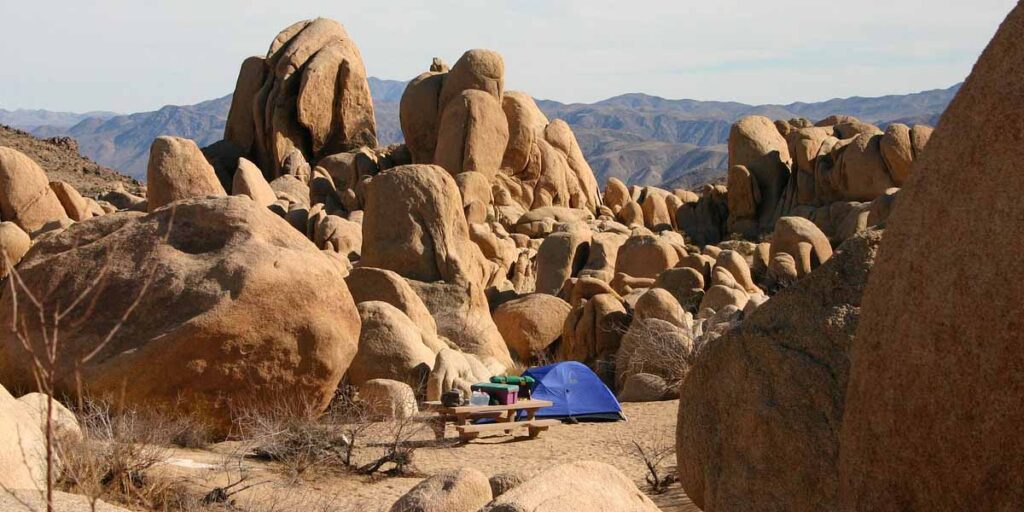
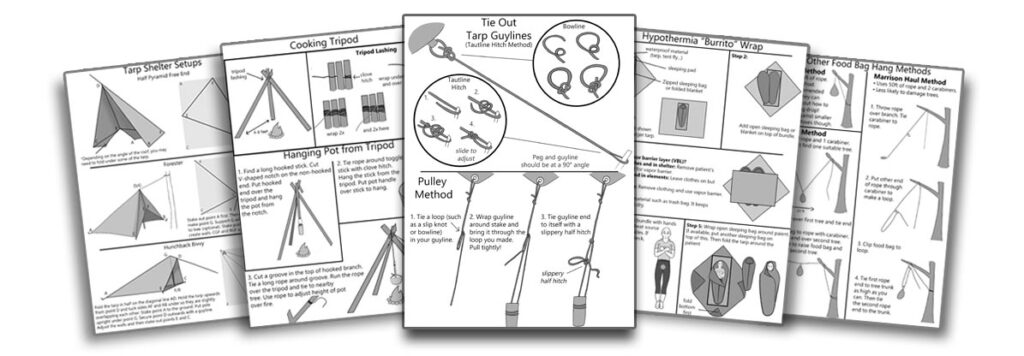
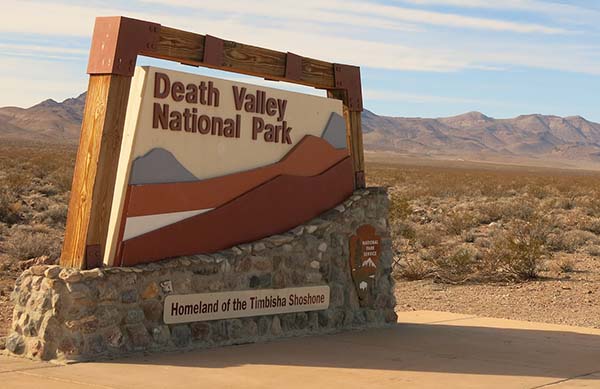
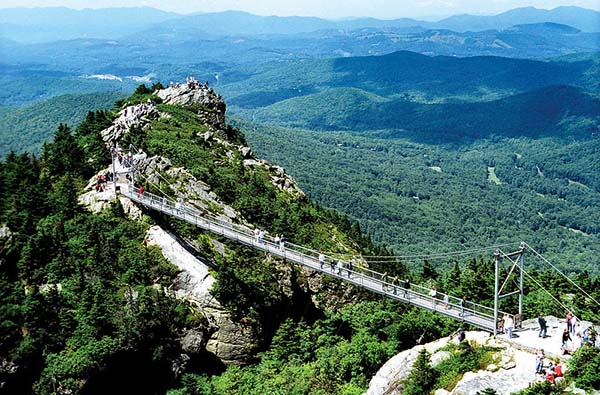
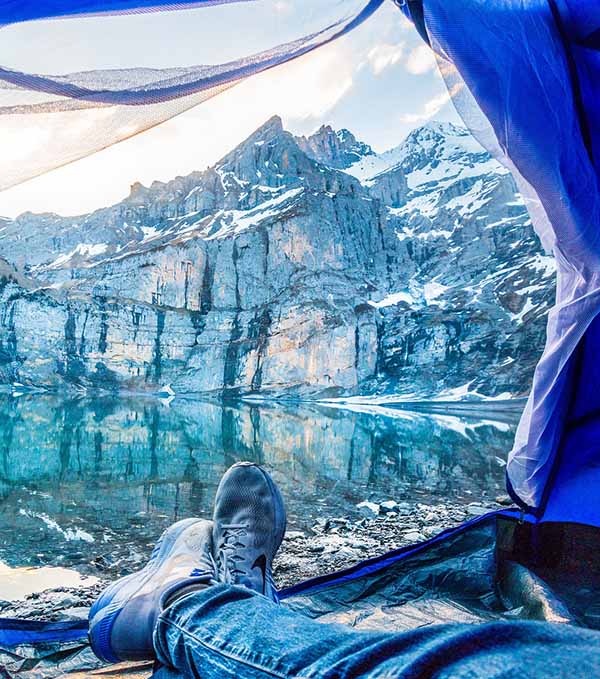
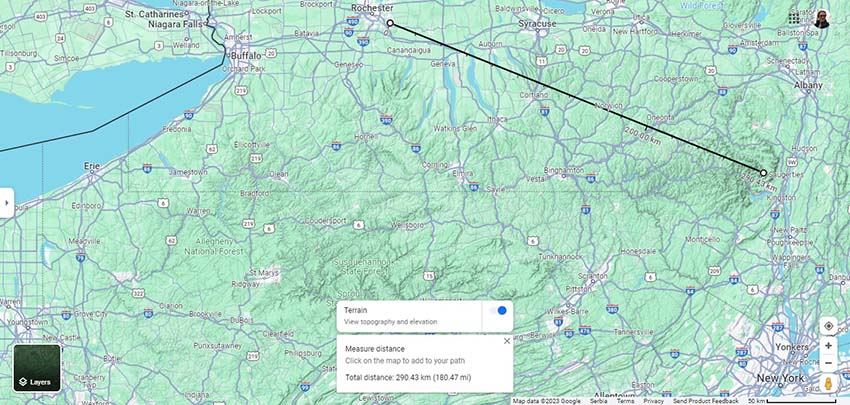
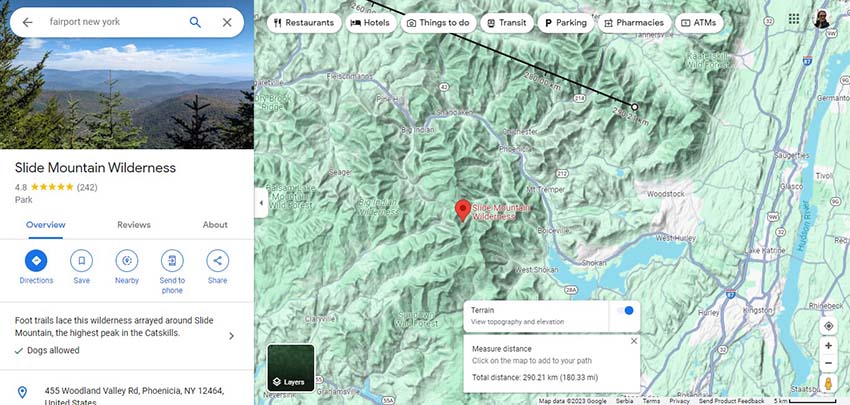

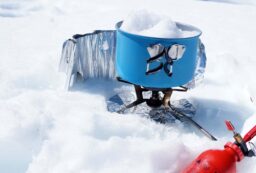
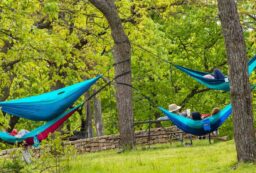







Post your comments